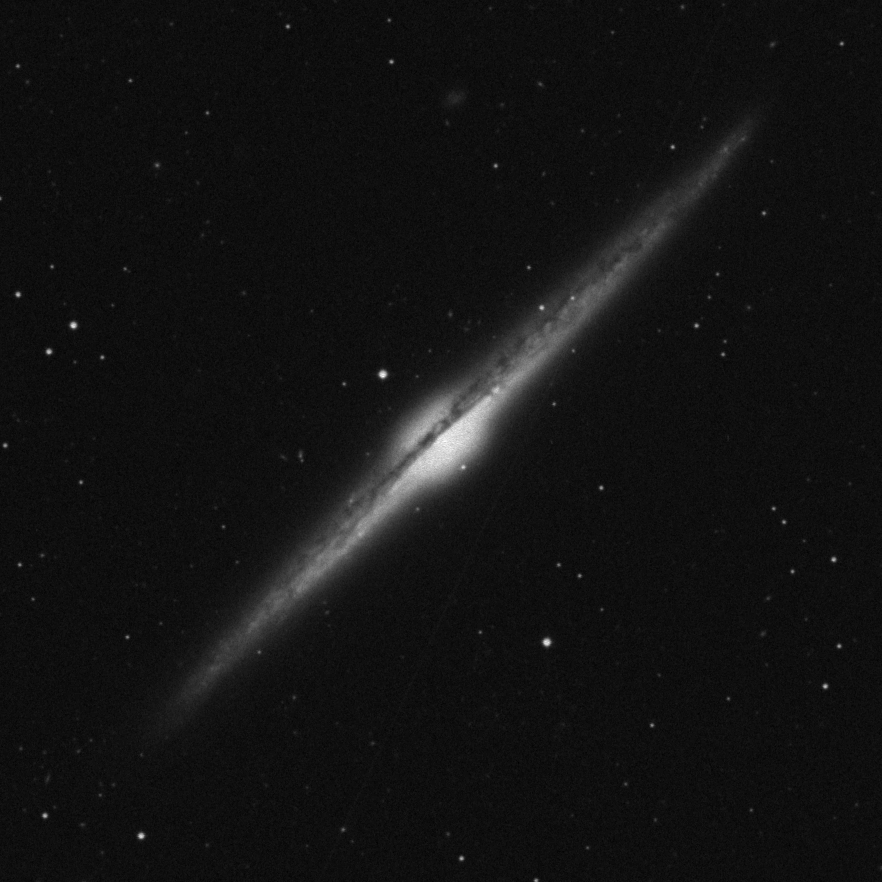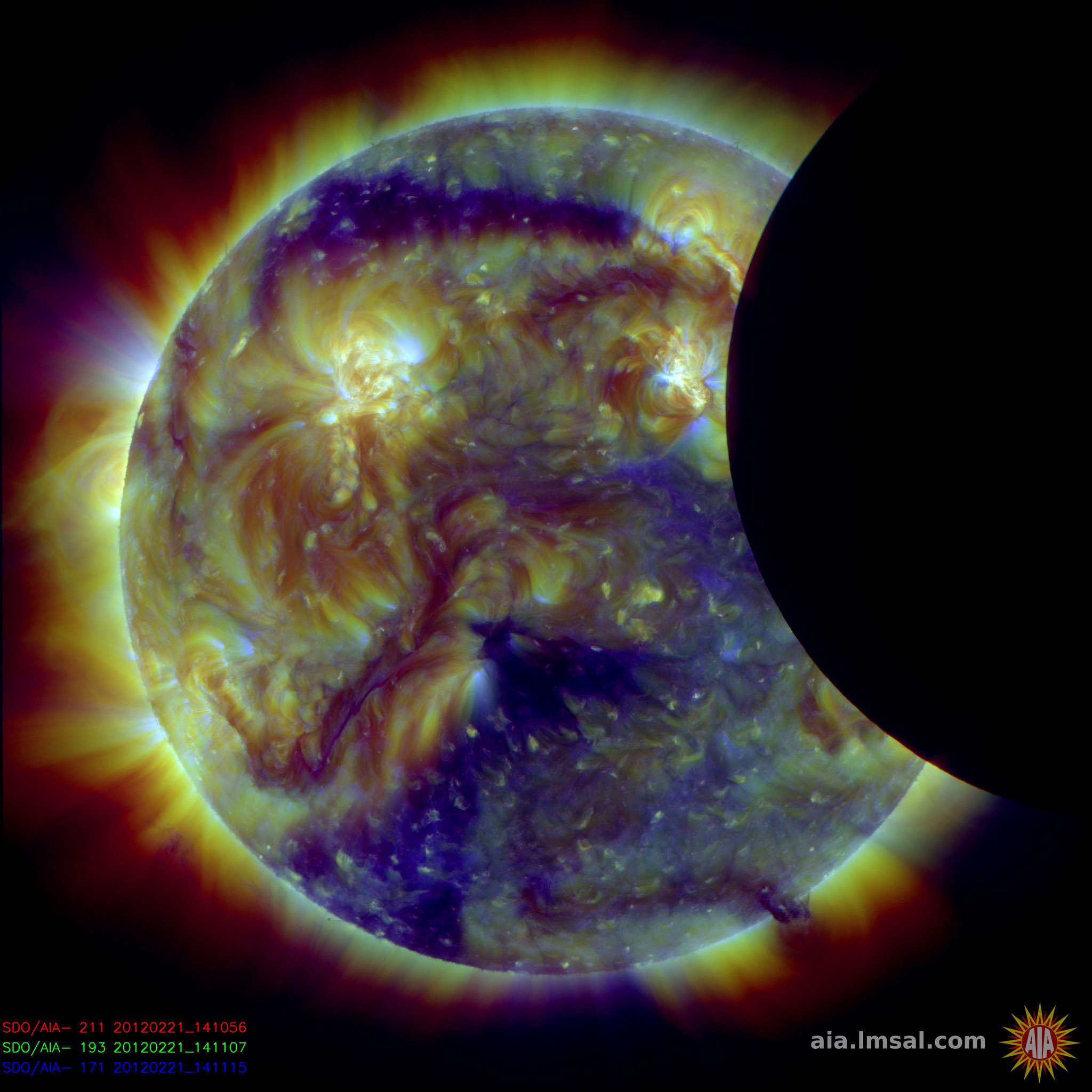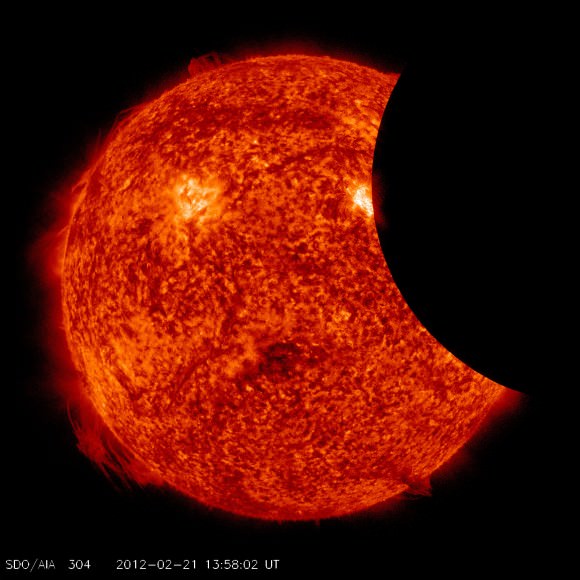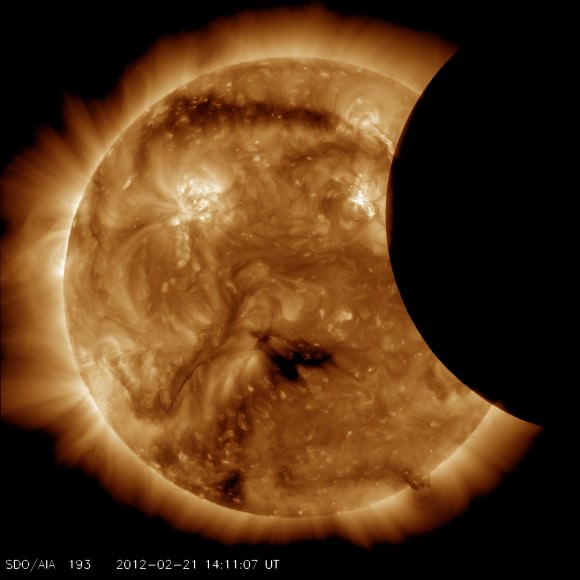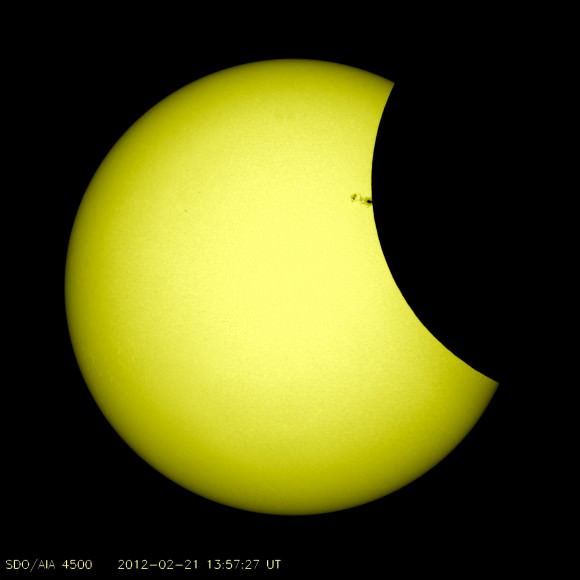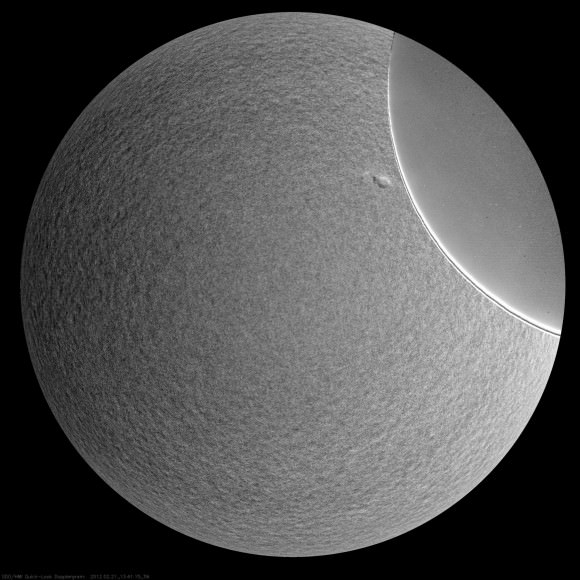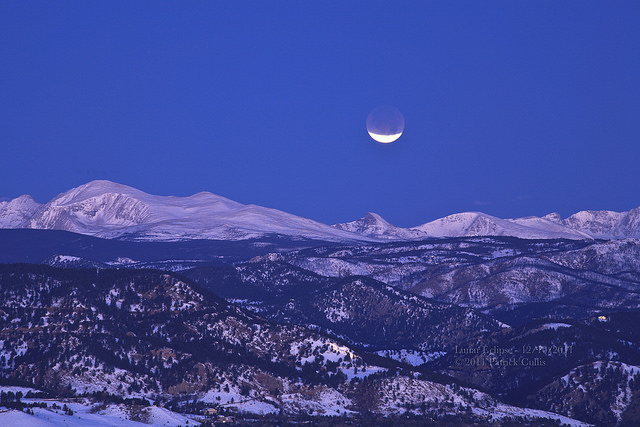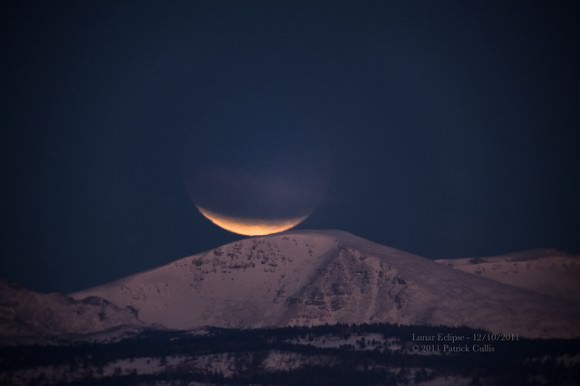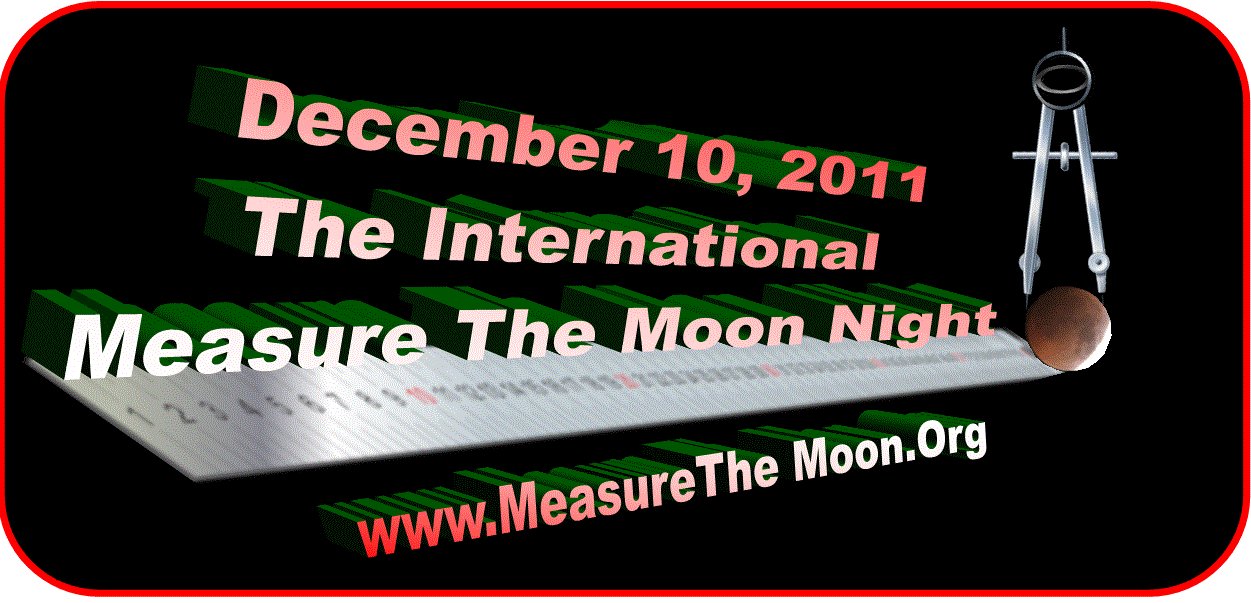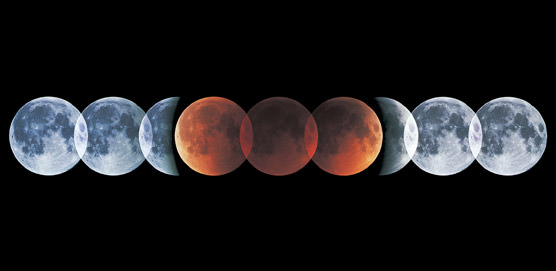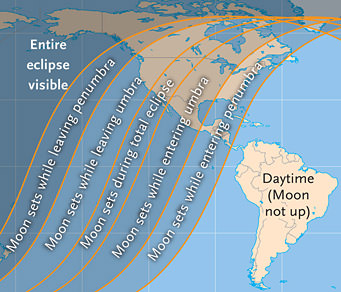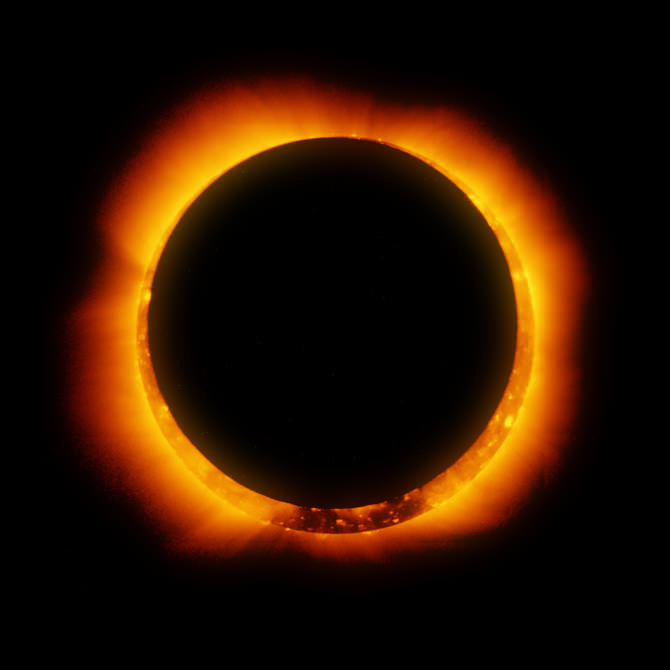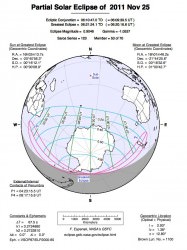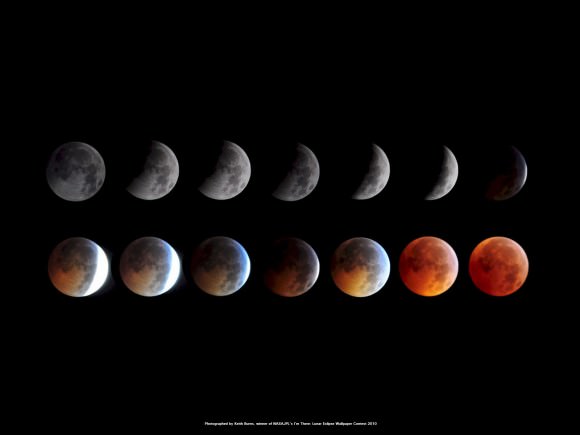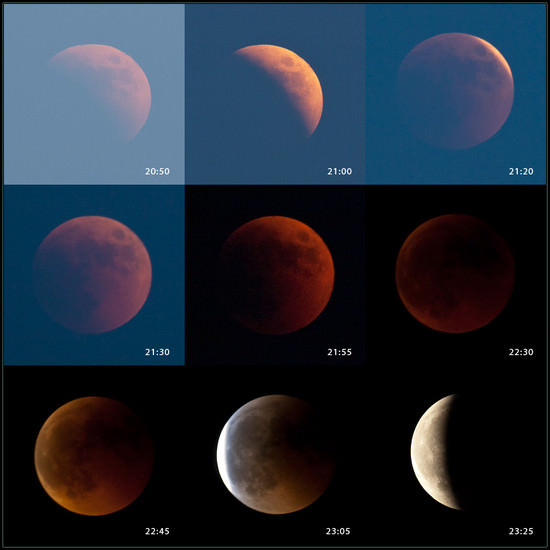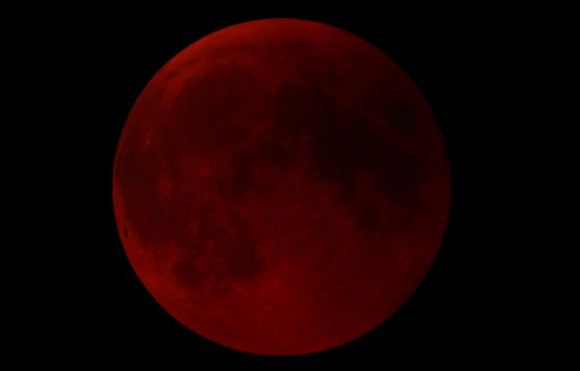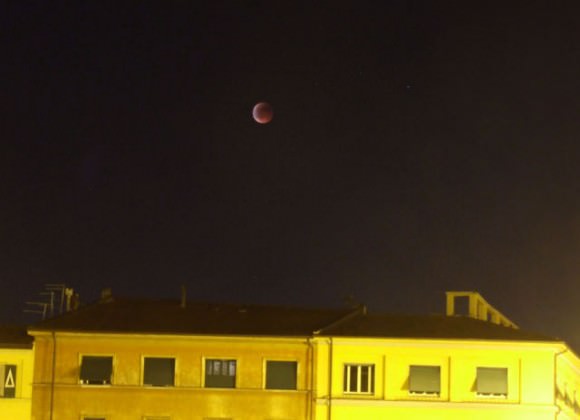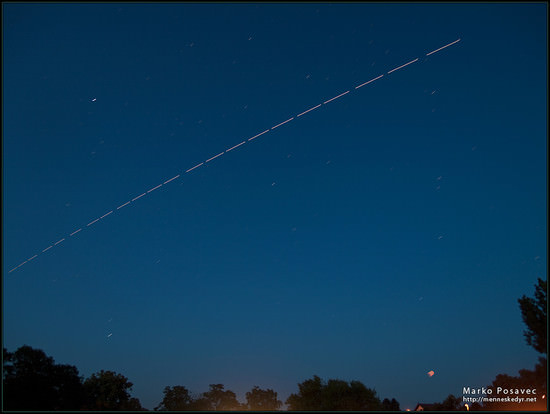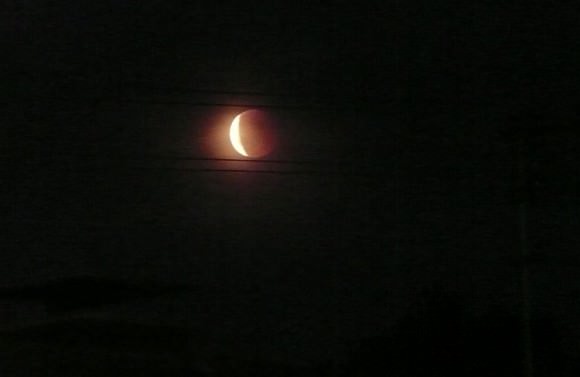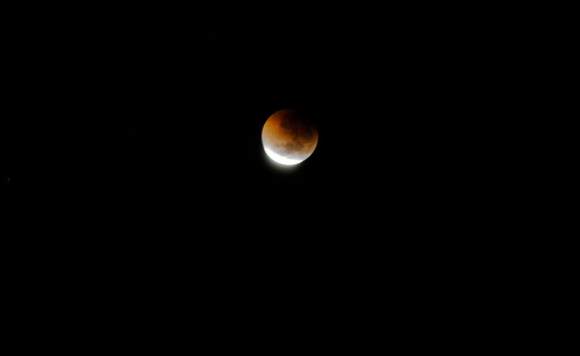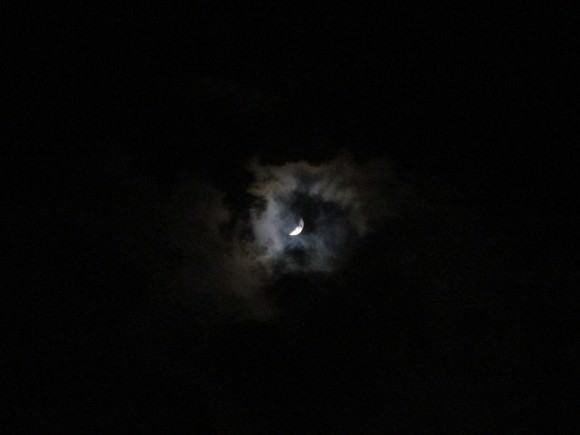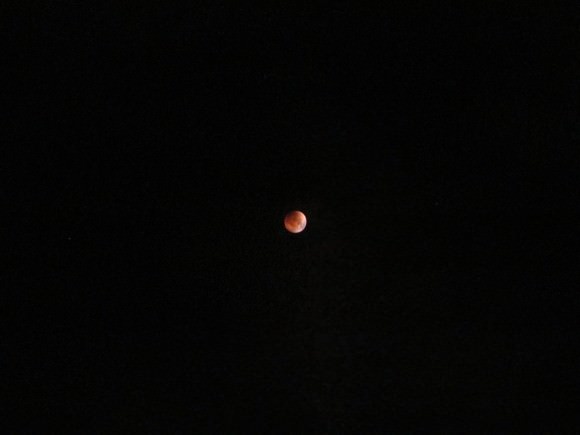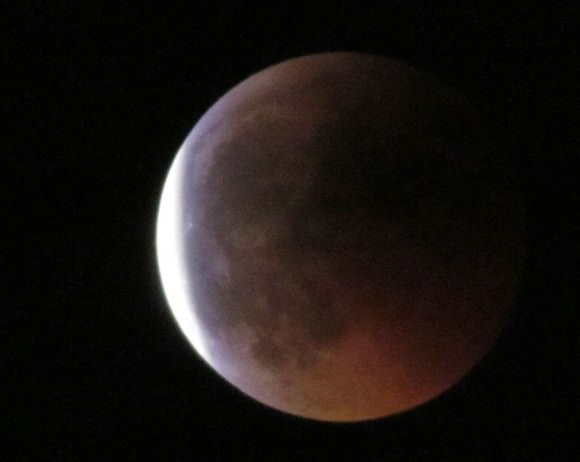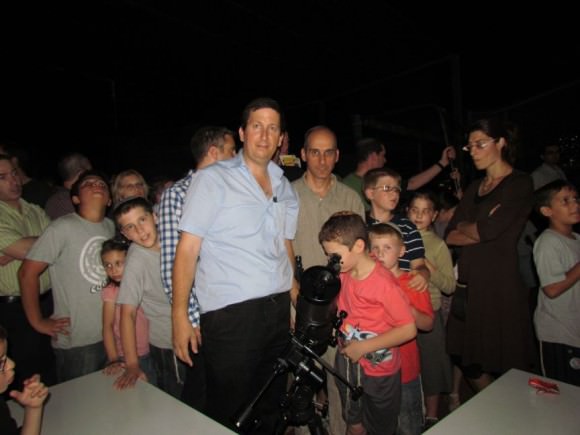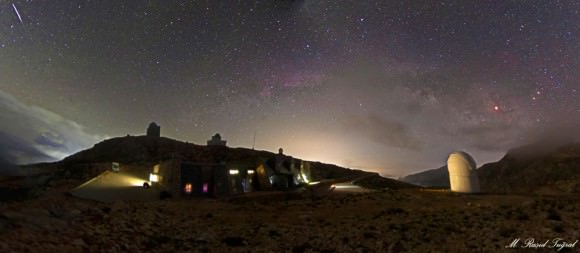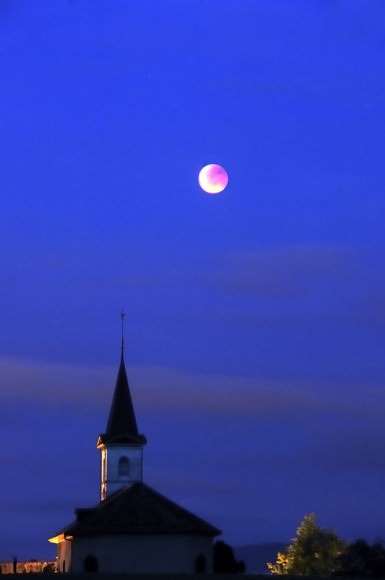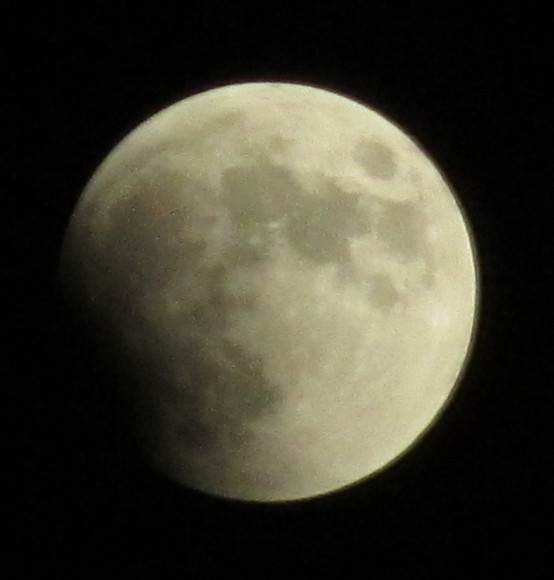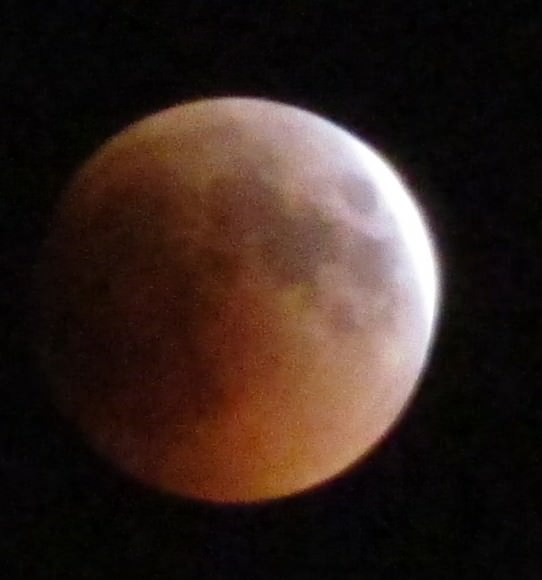[/caption]
Greetings, fellow SkyWatchers! Dark skies mean galactic studies and this is going to be a terrific week for sacrificing Viginis. But, hang on to your socks… Because it’s solar eclipse time! We’re talking about an annular event that occurs over a 240 to 300 kilometre-wide track which crosses eastern Asia, the northern Pacific Ocean and the western United States. It’s a generous event where a partial eclipse also occurs that includes much of Asia, the Pacific and the western 2/3 of North America. Whenever you’re ready, just meet me outside…
Monday, May 14 – No galactic tour through Coma Berenices would be complete without visiting one of the most incredible “things that Messier missed.” You’ll find NGC 4565 (Right Ascension: 12 : 36.3 – Declination: +25 : 59) located less than two degrees east of 17 Comae…
Residing at a distance of around 30 million light-years, this large 10th magnitude galaxy is probably one of the finest edge-on structures you will ever see. Perfectly suited for smaller scopes, this ultra-slender galaxy with the bright core has earned its nickname of “The Needle.” Although photographs sometimes show more than what can be observed visually, mid-to-large aperture can easily trace out NGC 4565’s full photographic diameter.
Although Lord Rosse in 1855 saw the nucleus of the “Needle” as stellar, most telescopes will resolve a bulging core region with a much sharper point in the center and a dark dust lane upon aversion. The core itself has been extensively studied for its cold gas and emission lines, pointing to the fact that it has a barred structure. This is much how the Milky Way would look if viewed from the same angle! It, too, shines with the light of 30 billion stars…
Chances are NGC 4565 is an outlying member of the Virgo Cluster, but its sheer size points to the fact that it is probably closer than any of the others. If we were to gauge it at a distance of 30 million years as is accepted, its diameter would be larger than any galaxy yet known! Get acquainted with it tonight…
Tuesday, May 15 – Tonight we’ll take a closer look at the work of Abbe Nicholas Louis de la Caille (or de Lacaille). Born in 1731, the French astronomer and mapmaker was the first to demonstrate Earth’s bulge at its equator. From 1751 to 1753, he had the great fortune to observe southern skies and, putting his cartography skills to use, he mapped the southern skies and established the 14 constellations that remain in use to this day – including Musca. Even though Lacaille was best known for the constellation names, he and his productive half-inch telescope (that’s no type!) also cataloged 9766 stars in his two year observing period. Of these, one stands out for good reason – Lacaille 8760.
Its designation is also AX Microscopii, and it is a dwarf red flare star which resides only 12.9 light-years from us. While it might not seem that important, it is the target of interferometer studies in search of planets that may have formed in a “habitable zone” around life-giving stars similar to our own. Even though AX is slightly smaller than Sol, this cool main sequence star might be inhospitable due to its daily flare activity.
Since it will be awhile before the constellation of Microscopium rises high enough for southern observers to capture this star, let’s have a look at an object from Lacaille’s catalog known as I.5.
Located less than two handspans south of Spica, most of us know this globular cluster best as NGC 5139 (Right Ascension: 13 : 26.8 – Declination: -47 : 29) – or Omega Centauri. As the most luminous of all globular clusters, Lacaille reported it as a “nebula in Centaurus; with simple view, it looks like a star of 3rd magnitude viewed through light mist, and through the telescope like a big comet badly bounded.” Yet, through even the most modest of today’s telescopes, Omega Centauri will explode into a fury of stars. Located about 17,000 light-years away, it took around 2 million years to form and it is believed that it may be the remnant of another galaxy’s core captured by our own. With more than one million members, it’s the size of a small galaxy in itself!
While this object is very low to northern observers, it is not impossible for those who live lower than 40 degrees north. Our atmosphere will rob this giant of a galaxy of some of its beauty, but I encourage you to try! It’s a sight you’ll never forget…
Wednesday, May 16 – Tonight let’s take a look about five degrees north of Eta Virginis for M61 (Right Ascension: 12 : 21.9 – Declination: +04 : 28).
This 9.7 magnitude galaxy was discovered on May 5, 1779 by man named Barnabus Oriani while following the same comet as Charles Messier, who also observed it on the same night and mistook it for the comet itself for two additional nights. (Nice shootin’, Chuck!) Happily enough, Mr. Herschel also assigned it his own designation of H I.139 seven years later.
It is one of the largest galaxies of the Virgo Cluster and small telescopes will make out a faint, round glow with a brighter nucleus, while larger aperture will see the core as more stellar with notable spiral structure. Four supernova events have been observed in M61, as recently as 1999, and surprisingly two of them were exactly 35 years apart… But don’t confuse an event with foreground stars!
Thursday, May 17 – Today in 1835, J. Norman Lockyer was born. While that name might not stand out, Lockyer was the first to note previously unknown absorption lines while making visual spectroscopic studies of the Sun in 1868. Little did he know at the time, he had correctly identified the second most abundant element in our universe – helium – an element not discovered on Earth until 1891! Also known as the “Father of Archeoastronomy,” Sir Lockyer was one of the first to make the connection with ancient astronomical structures such as Stonehenge and the Egyptian pyramids. (As a curious note, 14 years after Lockyer’s notation of helium, a sun-grazing comet made its appearance in photographs of the solar corona taken during a total eclipse in 1882… It hasn’t been seen since.)
If you would like to see a helium rich star, look no further tonight than Alpha Virginis – Spica. As the sixteenth brightest star in the sky, this brilliant blue/white “youngster” appears to be about 275 light-years away and is about 2300 times brighter than our own Sun. Although we cannot see it visually, Spica is a double star. Its spectroscopic companion is roughly half its size and is also helium rich.
Now, shake your fist at Spica – because that’s all it takes to find the awesome M104 (Right Ascension: 12 : 40.0 – Declination: -11 : 37), eleven degrees due west. (If you still have trouble finding M104 even after practicing earlier this year, don’t worry. Try this trick! Look for the upper left hand star in the rectangle of Corvus – Delta. Between Spica and Delta is a diamond-shaped pattern of 5th magnitude stars. Aim your scope or binoculars just above the one furthest south.)
Also known as the “Sombrero,” this gorgeous 8th magnitude galaxy was discovered by Pierre Mechain in 1781, added by hand to Messier’s catalog and observed independently by Herschel as H I.43 – who was probably the first to note its dark inclusion. The Sombrero’s rich central bulge is comprised of several hundred globular clusters and can be hinted at in just large binoculars and small telescopes. Large aperture will revel in this galaxy’s “see through” qualities and bold, dark dustlane – making it a seasonal favorite!
Friday, May 18 – On this day in 1910, Comet Halley transited the Sun, but could not be detected visually. Since the beginning of astronomical observation, transits, eclipses and occultations have provided science with some very accurate determinations of size. Since Comet Halley could not be spotted against the solar surface, we knew almost a century ago that the nucleus had to be smaller than about 100 km.
Once the sky has become fully dark, it is time to get serious. For the large telescope and seasoned observer, your challenge for this evening will be five and a half degrees south of Beta Virginis and one half degree west. Classified as Arp 248 (Right Ascension: 11h 46m 36s – Declination -3º 52′ 00”) and more commonly known as “Wild’s Triplet,” these three very small interacting galaxies are a real treat! Best with around a 9mm eyepiece, use wide aversion and try to keep the star just north of the trio at the edge of the field to cut glare. Be sure to mark your Arp Galaxy challenge list!
Saturday, May 19 – Tonight we’re heading for the galaxy fields of Virgo about four fingerwidths east-southeast of Beta Leonis. As part of Markarian’s Chain, this set of galaxies can all be fitted within the same field of view with a 32mm eyepiece and a 12.5″ scope, but not everyone has the same equipment. Set your sights toward M84 and M86 and let’s discover!
Good binoculars and small telescopes reveal this pair with ease as a matched set of ellipticals. Mid-sized telescopes will note the western member of the pair – M84 (Right Ascension: 12 : 25.1 – Declination: +12 : 53) – is seen as slightly brighter and visibly smaller. To the east and slightly north is larger M86 (Right Ascension: 12 : 26.2 – Declination: +12 : 57) – whose nucleus is broader, and less intensely brilliant. In a larger scope, we see the galaxies literally “leap” out of the eyepiece at even the most modest magnifications. Strangely though, additional structure fails to be seen.
As aperture increases, one of the most fascinating features of this area becomes apparent. While studying the bright galactic forms of M84/86 with direct vision, aversion begins to welcome many other mysterious strangers into view. Forming an easy triangle with the two Messiers and located about 20 arc-minutes south is NGC 4388 (Right Ascension: 12 : 25.8 – Declination: +12 : 40). At magnitude 11.0, this edge-on spiral has a dim star-like core to mid-sized scopes, but a classic edge-on structure in larger ones.
At magnitude 12, NGC 4387 (Right Ascension: 12 : 25.7 – Declination: +12 : 49) is located in the center of a triangle formed by the two Messiers and NGC 4388 (Right Ascension: 12 : 25.8 – Declination: +12 : 40). NGC 4387 is a dim galaxy – hinting at a stellar nucleus to smaller scopes, while the larger ones will see a very small face-on spiral with a brighter nucleus. Just a breath north of M86 is an even dimmer patch of nebulosity – NGC 4402 (Right Ascension: 12 : 26.1 – Declination: +13 : 07) – which needs higher magnifications to be detected in smaller scopes. Large apertures at high power reveal a noticeable dust lane. The central structure forms a curved “bar” of light. Luminosity appears evenly distributed end to end, while the dust lane cleanly separates the central bulge of the core.
East of M86 is two brighter NGC galaxies – 4435 and 4438. Through average scopes, NGC 4435 (Right Ascension: 12 : 27.7 – Declination: +13 : 05) is easily picked out at low power with a simple star-like core and wispy round body structure. NGC 4438 (Right Ascension: 12 : 27.8 – Declination: +13 : 01) is dim, but even large apertures make elliptical galaxies a bit boring. The beauty of NGC 4435 and NGC 4438 is simply their proximity to each other. 4435 shows true elliptical structure, evenly illuminated, with a sense of fading toward the edges… But 4438 is quite a different story! This elliptical is much more elongated. A highly conspicuous wisp of galactic material can be seen stretching back toward the brighter, nearby galaxy pair M84/86. Happy hunting!
Sunday, May 20 – Heads up! It’s eclipse time… According to NASA’s Fred Espenak, an annular solar eclipse will be visible from a 240 to 300 kilometre-wide track that traverses eastern Asia, the northern Pacific Ocean and the western United States. A partial eclipse is seen within the much broader path of the Moon’s penumbral shadow which includes much of Asia, the Pacific and the western 2/3 of North America. Partial phases of the eclipse are visible primarily from the USA, Canada, the Pacific and East Asia. Be sure to visit the resources pages for a visibility map and link to pages for precise times and locations!
New Moon! Since tonight will be our last chance to galaxy hunt for awhile, let’s take a look at one of the brightest members of the Virgo Cluster – M49 (Right Ascension: 12 : 29.8 – Declination: +08 : 00).
Located about 8 degrees northwest of Delta Virginis almost directly between a pair of 6th magnitude stars, giant elliptical M49 holds the distinction of being the first galaxy in the Virgo cluster to be discovered – and the second beyond our local group. At magnitude 8.5, this type E4 galaxy will appear as an evenly illuminated egg shape in almost all scopes, and as a faint patch in binoculars. While a possible supernova event occurred in 1969, don’t confuse the foreground star noted by Herschel with something new!
Although most telescopes won’t be able to pick this region apart – there are also many fainter companions near M49, including NGC 4470 (Right Ascension: 12 : 29.6 – Declination: +07 : 49). But a sharp-eyed observer named Halton Arp noticed them and listed them as “Peculiar Galaxy 134” – one with “fragments!”
Until next week? May all your journeys be at light speed!

